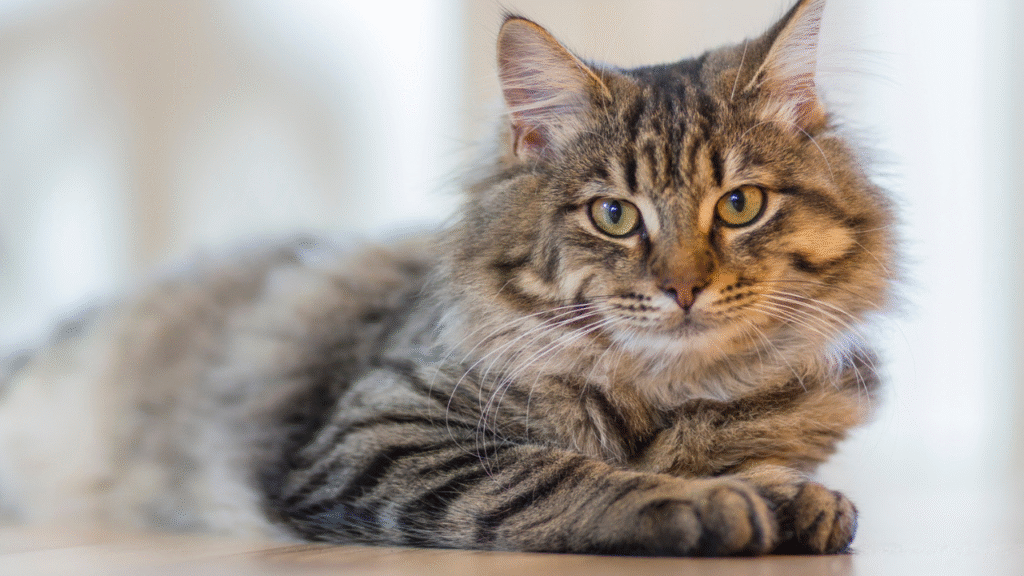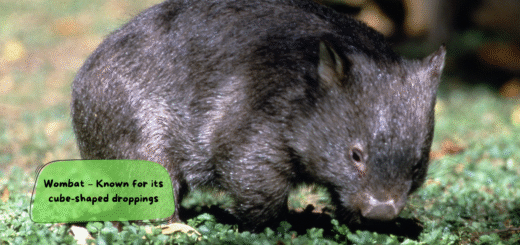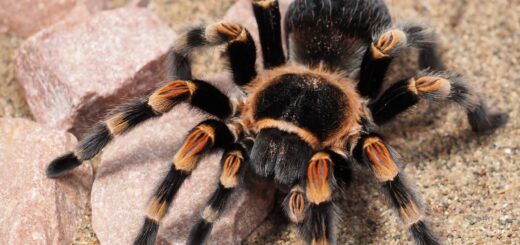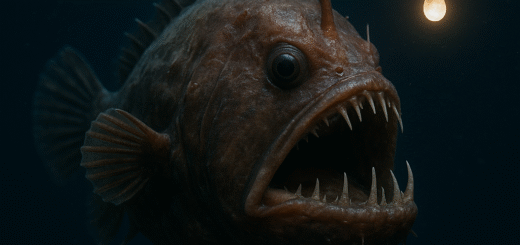Why Do Cats Purr? The Science Behind the Sound
Few sounds are as soothing as a cat’s purr. Whether they’re curled up on your lap or stretching in a sunbeam, the rhythmic hum of a purring cat instantly evokes comfort and calm. But have you ever wondered why cats purr? While many associate purring with happiness, the real story behind this feline behavior is far more complex—and surprisingly scientific.

What Is Purring, Really?
Purring is a unique vocalization that sets cats apart from most other animals. Technically, it’s produced through a consistent pattern of neural signaling. When a cat purrs, its brain sends repetitive messages to the laryngeal (voice box) muscles, causing them to twitch rapidly—20 to 30 times per second. These movements open and close the glottis (space between the vocal cords), resulting in a sound that’s both heard and felt.
Cats can purr both while inhaling and exhaling, creating a continuous, soothing vibration that typically falls in the 25–150 Hz frequency range.
Common Reasons Cats Purr
1. Contentment and Relaxation
The most well-known reason cats purr is simply because they’re happy. You’ll often hear it when your cat is being petted, lounging comfortably, or lying close to you. In these moments, purring is a sign of satisfaction and trust. It’s their way of saying, “I feel safe with you.”
2. Mother-Kitten Bonding
Purring begins early in life. Just a few days after birth, kittens begin to purr—often while nursing. This serves as a form of communication between mother and kitten. It helps the mother know her babies are feeding contentedly and strengthens the emotional bond between them.
3. Communication with Humans
Adult cats may also use purring as a subtle form of communication with humans. Some cats develop a special “solicitation purr”—a more urgent and higher-pitched version—to request food or attention. This sound often mimics the frequency of a human baby’s cry, making it especially difficult for people to ignore.
The Surprising Science: Purring as a Healing Mechanism
One of the most fascinating discoveries about purring is its potential medical benefits—especially for cats themselves. Researchers have found that the specific frequencies at which cats purr (between 25 and 100 Hz) are known to promote:
- Bone healing and growth
- Pain relief
- Reduction in inflammation
- Improved muscle tone
- Enhanced wound healing
This might explain why cats often purr when they’re injured, ill, or recovering from trauma. It’s believed that purring helps reduce stress and may trigger the body’s natural healing processes. This self-soothing behavior could even contribute to the cat’s remarkable ability to recover from injuries more quickly than other animals of similar size.
Some veterinarians have even begun exploring how these frequencies could be used in therapeutic treatments—for cats and potentially for humans.
Purring Isn’t Always a Sign of Joy
Although most purring is positive, it’s important to recognize that not all purring means your cat is happy. Cats may also purr in situations involving stress, fear, or pain—such as during a vet visit, after an injury, or while giving birth. In these cases, the purr might function as a calming mechanism, helping the cat cope with discomfort or communicate a non-threatening state.
Understanding the context in which your cat is purring is key. If your cat is hiding, seems lethargic, or is purring while displaying signs of distress, it may be worth a closer look—or a vet check.
Do Other Animals Purr?
While domestic cats are the best-known purrers, they’re not alone. Some big cats, like cheetahs, bobcats, and cougars, also purr—though not all members of the feline family can. Interestingly, lions and tigers can’t purr continuously like house cats. Their purring, when it occurs, is limited to exhaling only and usually during specific circumstances like resting.
Other animals that have been observed purring (or producing similar sounds) include rabbits, guinea pigs, and even elephants—though the mechanism and purpose can differ widely from the feline version.
Final Thoughts
Purring is far more than just a happy sound. It’s a sophisticated form of communication, a survival tool, and potentially a built-in healing mechanism. Whether your cat is showing affection, recovering from a stressful moment, or bonding with her kittens, that gentle hum carries layers of meaning rooted in both emotion and biology.
So the next time your cat curls up next to you and starts purring, take a moment to appreciate just how remarkable that sound really is. There’s a whole world of science humming beneath that cozy vibration.








